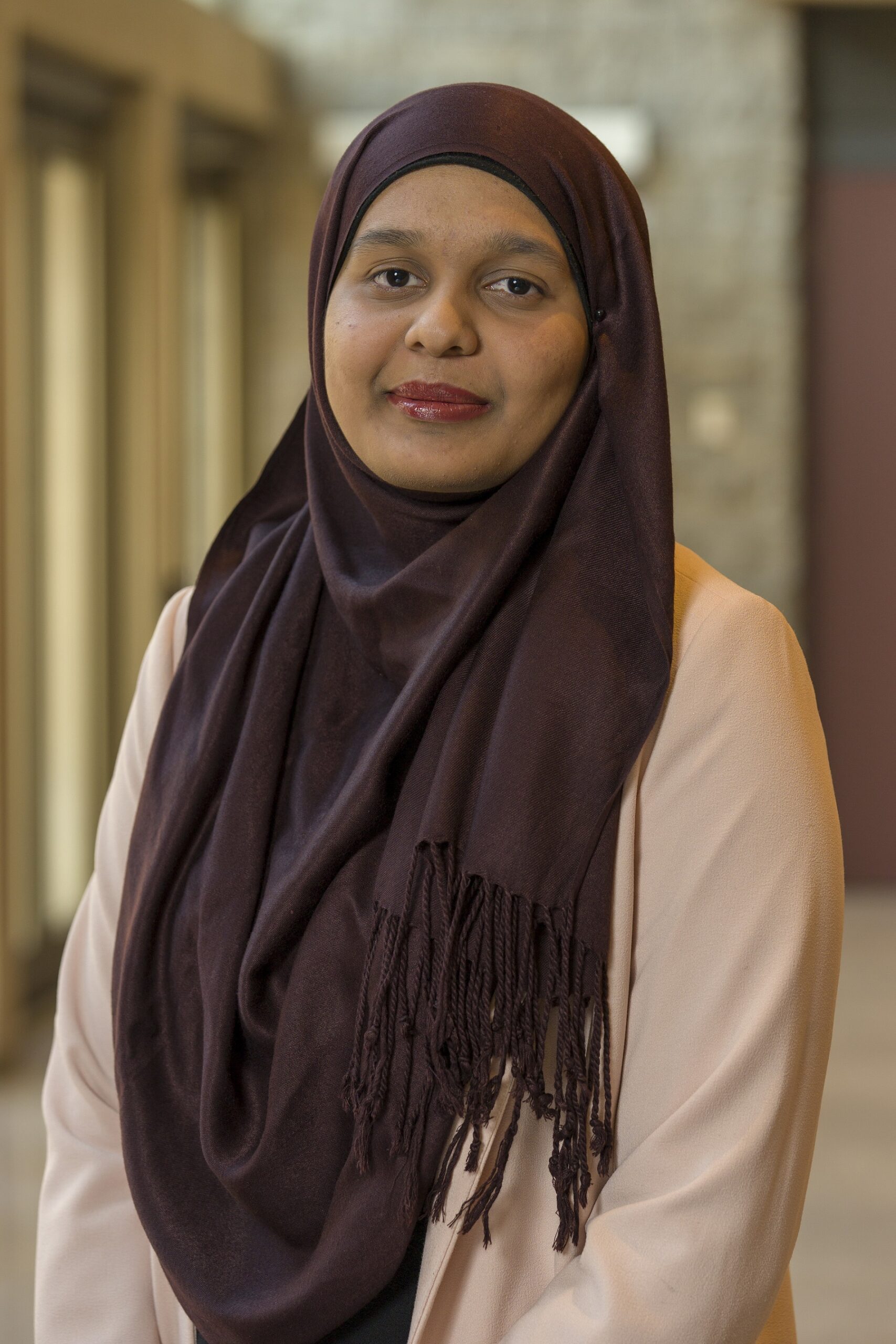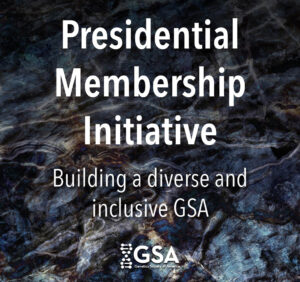By Nathaniel Noblett
In the Paths to Science Policy series, we talk to individuals who have a passion for science policy and are active in advocacy through their various roles and careers. The series aims to inform and guide early career scientists interested in science policy. This series is brought to you by the GSA Early Career Scientist Policy and Advocacy Subcommittee.

We interviewed Farah Qaiser last year, prior to her appointment as the Director of Research and Policy at Evidence for Democracy (E4D). Farah also currently serves as a member of the Chief Science Advisor’s Youth Council (CSA-YC). During her graduate education in molecular genetics, she co-founded the Toronto Science Policy Network and ran workshops with ComSciConCAN (a national science communication workshop series for graduate students). She has also been awarded GSA’s Presidential Membership Initiative award. Here, we talk with Farah about her journey working in science policy, the opportunities available to Canadian scientists and how early career researchers can get involved.
Nathaniel: When looking across the work you have done alongside your studies at the University of Toronto, a key theme that emerges is your interest in communicating science policy between different platforms. What first interested you in these opportunities?
Farah: I started my master’s at the Department of Molecular Genetics at the University of Toronto, where I used whole genome sequencing to better understand genetic variation in neurological disorders. I looked at a couple of different disorders, including epilepsy, ataxia and autism spectrum disorder. At the same time, I still wanted to keep writing about science for my university campus newspaper. I had noticed that during my writing that there were a couple of common issues that kept popping up. There was an issue of diversity in science, and that science was locked behind paywalls.
Nathaniel: On top of your job as a research analyst, you also lead a project with E4D, and are an instructor at NSERC PermafrostNet. What drew you to these two other opportunities?
Farah: I graduated in the summer of 2020, which was right in the middle of the pandemic. Everyone was sent home and all academic institutions were closed down. It was not the way I expected to graduate, but I was very fortunate because I had been volunteering, writing and communicating about science throughout my master’s. This created another challenge because each job opportunity was forcing me to choose between being a researcher, being engaged in science education, or working with science policy. I ended up taking on a research analyst role at the University Health Network’s Epilepsy Genetics Clinic. By coincidence, E4D, a national policy non-profit that is based in Ottawa, approached me about participating in a project to determine how federal experts can better share the science advice that they’re providing during impact assessment processes. I decided to split my time between genomics research and science policy research. Around the same time, I started teaching workshops at PermafrostNet, a basic science research network for national and international researchers studying permafrost thaw and its consequences, with Dr. Tristan MacLean and Dr. Alana Wilcox. Becoming involved in multiple spaces has made me a better researcher, a better science communicator, and a better science policy expert. For someone who has interest in both academia and science policy, you can build the roles and career that you want.
Nathaniel: How has your time with the Chief Science Advisor’s Youth Council fit into your science policy career? Can you tell us about the work you are doing there?
Farah: The Canadian Chief Science Advisor’s Youth Council was launched in March 2020; about a week before the pandemic shut down institutions in Canada. The council consists of 20 scientists, undergraduate and graduate students, recent graduates and people who are working in academia and industry. The aim had been to recruit a wide variety of people who represent different communities and have different perspectives. It has been very interesting to be on the Youth Council during a pandemic, because we get to see in real time how Dr. Mona Nemer approaches her role as a science advisor responding to different issues. We get asked our thoughts about certain aspects of vaccination or are asked to weigh in on the impacts of COVID-19. I challenge other organizations, academic institutions, non-profits, and anyone in the science space to build in those youth council structures and provide that space for young researchers and trainees to provide their perspective and help inform decision making.
Nathaniel: It seems like science policy training in Canada is relatively low compared to the US. In your opinion, what challenges and opportunities do you see as interesting in Canadian science policy training?
Farah: I think that a lot of knowledge is hidden or not accessible. It’s one of the reasons why I wrote The Beginner’s Guide to Science Communication Opportunities Across Canada and published it as an open access resource. Supervisors and departments can definitely play a bigger role in helping connect their students to overcome tunnel vision while we’re focused on completing our degrees. This makes groups like the Science and Policy Exchange, E4D, Toronto Science Policy Network, or the Canadian Science Policy Center, which offer volunteer opportunities, an important part of policy training. Then, you could always take a course or program at one of many institutions across Canada. For example, there’s Science Outside the Lab North, which is a one-week deep dive into science policy in both Ottawa and Montreal. We have some fellowships, like the Mitacs Canadian Science Policy Fellowship, the Action Canada public fellowship, and a couple of specific policy recruitment programs, such as the Recruitment of Policy Leaders.
Compared to the US, there aren’t as many opportunities as in Canada. One of the challenges is the fact that because there are such few opportunities, they’re not as well known and not a lot of people know that science policy exists as a viable career. So often the first hurdle is just helping people realize that science policy is out there as a career. Getting your foot in the door often means volunteering, but also trying to apply to these very selective programs.
Nathaniel: What do you think could be done to improve this science policy landscape?
Farah: We could have more fellowships or science policy groups, but there are also different ways to go about it. For example, the Chief Science Advisor launched the Youth Council, which could be replicated by other folks across the federal government. The Canadian Institutes of Health Research (CIHR), has done just that with a couple of youth councils that they’ve launched, including one for the Institute of Child Health and Development. I would challenge other federal government departments and organizations, such as Genome Canada, to build youth councils and have representation on their board. They will not only get trainees’ input, but will also give trainees a chance to get science policy experience. I would also challenge trainees who are reading this to start a science policy group. I know that it’s very daunting and it’s a big idea; but the issue is that we need researchers like you, who have different perspectives and different expertise, to help fill in the gap.
Nathaniel: Do you have any closing thoughts that you think early career scientists interested in science policy could take away from this conversation?
Farah: Don’t be so focused on that end goal of your career that you miss out on the opportunities that might help you to grow as a scientist, a professional or just as a person. So, plan less and worry less, because you never know what’s going to work out.
To connect with Farah:




